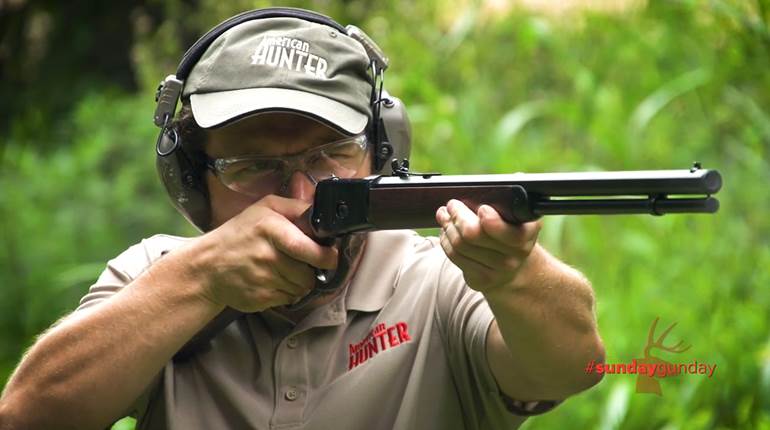
Small, concealable pistols became popular almost as soon as the first practical handguns were developed, but after the emergence of flintlock ignition the concept really took off. Development of the percussion system made the idea even more practical, and tens of thousands of single- and multiple-shot hideouts were made in Great Britain, continental Europe and the United States. In America the wares of Henry Deringer, particularly, caught on-to the degree that a whole genre of pistols (with an added "r") ended up being named after him.
Formative rimfire cartridges had been known since the 1840s, and the introduction of Smith & Wesson's No. 1 revolver chambering the .22 Short really got the ball rolling. Larger calibers, such as those seen in Spencer and Henry Rifles, not to mention some handguns, soon evolved. By the early-to-mid 1860s a practical melding of small pistol to large caliber appeared in the guise of the Moore single-shot Derringer and the .41 Short cartridge.
The Moore/National Arms, a handy all-metal pistol that slipped easily into one's trouser, coat or waistcoat pocket, became so popular it was later made by Colt and spawned a vogue that resulted in a large number of other .41s. The .41 Short Rimfire was no barn-burner in the ballistics department, with its light blackpowder charge pushing a 130-grain lead bullet at 425 fps, producing an anemic muzzle energy of some 53 ft.-lbs.
One of the Moore follow-ons, the "Southerner" Derringer was a neat little turn-barrel pistol. Its name, emblazoned on the top of the barrel, was obviously intended to appeal to buyers south of the Mason-Dixon line, though incongruously it was manufactured in Newburyport, Mass., by Merrimack Arms and Brown Mfg. Co. Perhaps it was the makers' attempt at letting bygones be bygones-though probably it was just a very clever marketing ploy.
Standard Southerners measured 5 inches overall and had 2 1/2-inch iron barrels, spur triggers, walnut or rosewood grips and either iron or brass frames. Some 6,500 were made between 1867 and 1869 marked on their barrels, "MERRIMACK ARMS & MANUFACTURING CO/NEWBURYPORT/MASS/PATENTED APRIL 9, 1867." Another 10,000 were turned out from 1869 to 1873 by Merrimack's successor with their barrels stamped, "BROWN MANUFACTURING CO/NEWBURYPORT, MASS/PAT APR.9, 1869."
Barrels were blued, and iron frames were either blued or case-hardened. Brass frames were silver-plated. Sometimes engraved, ivory-gripped specimens of both will be encountered. While most Southerners had square butts, there were a small number made by Brown with rounded grips and 2 1/2- or 4-inch barrels. These are scarce and do bring a premium. A small number of seconds were sold with their frames marked "IMPERFECT." These, too, have added value.
Interestingly enough, like the one shown here, a large proportion of Southerners encountered exhibit considerable wear, indicating they definitely were carried. Given their small size, ease of use, good engineering and pleasing, ergonomic configuration this is understandable.
Gun: Southerner Derringer
Manufacturer: Brown Mfg. Co.
Caliber: .41 Rimfire
Serial Number: 8714
Condition: NRA Good (Antique Conditions Standards)
Manufactured: c.1870
Value: $500-$600




































